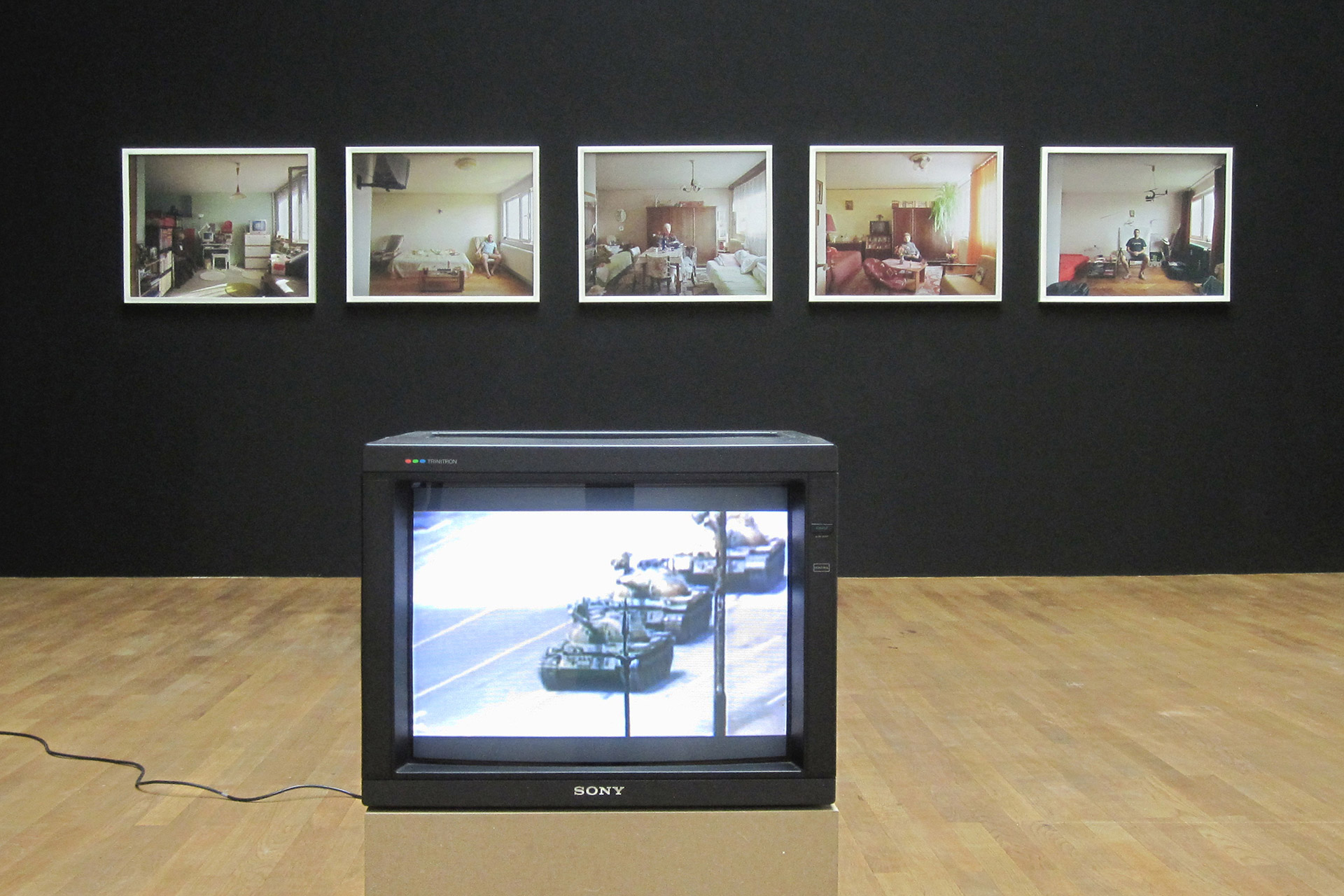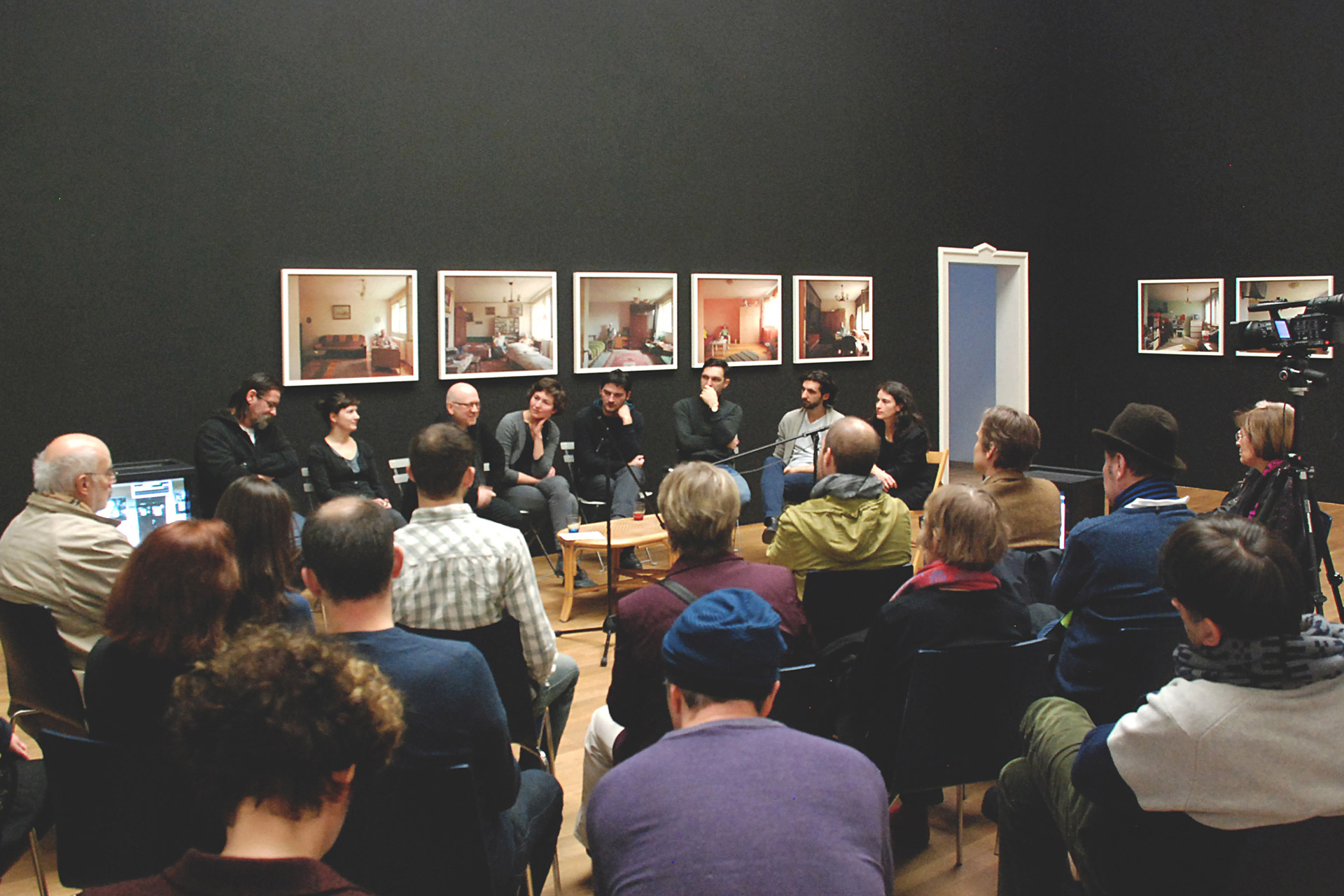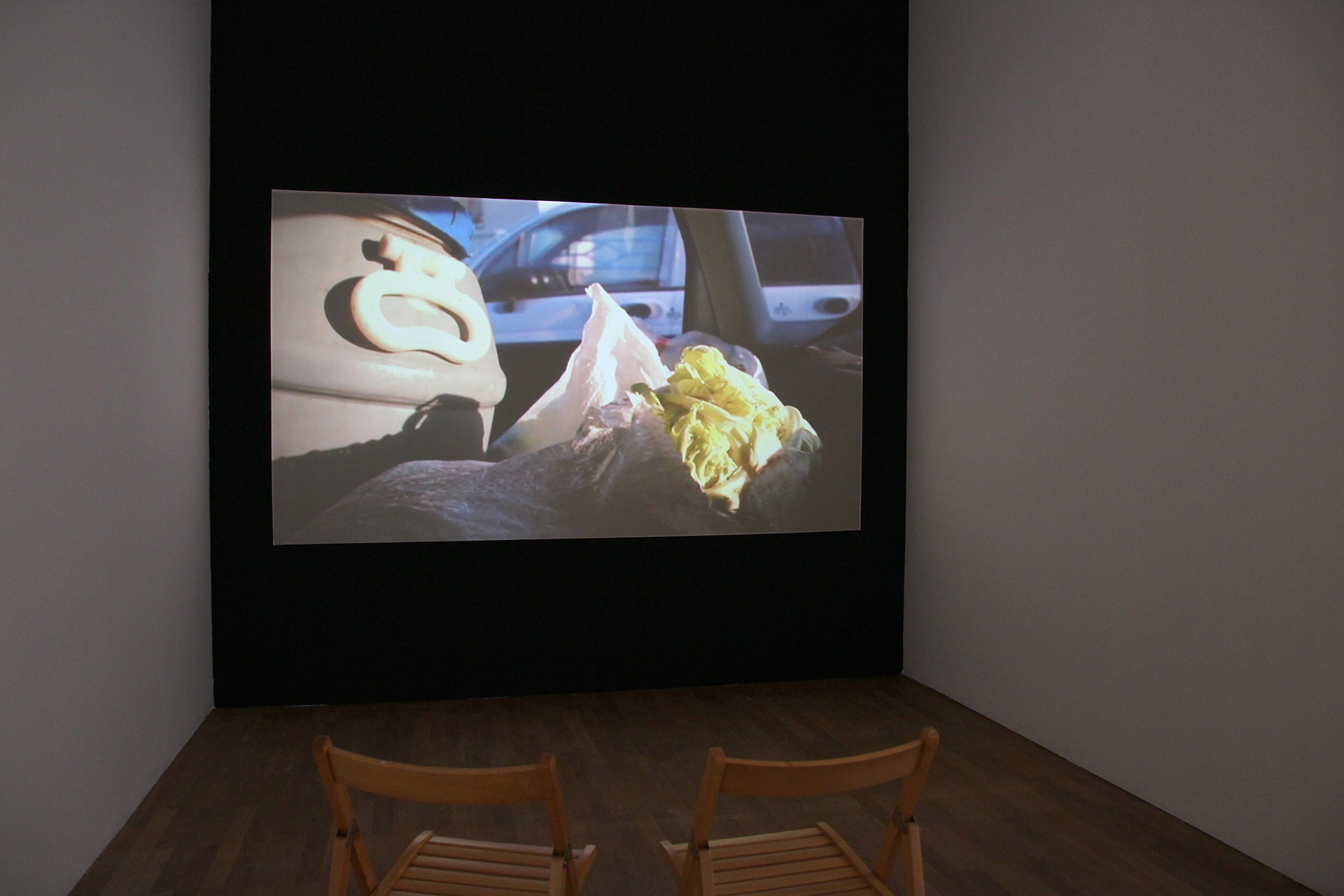Few Were Happy with their Condition
Dan Acostioaei, Jozsef Bartha, Claudiu Cobilanschi, Stefan Constantinescu, Alexandra Croitoru, Cristina David, Bogdan Girbovan, Alex Mirutziu, Monotremu, Ciprian Muresan, Vlad Nanca, Cristi Pogacean, AND Stefan Sava
February 22 – April 6 2015
Few Were Happy with their Condition explores life in post‘89 Romania. Focusing on the inherently contemporary mediums of video, film, and photography, the exhibition addresses the topic of discontentment in a world that is still torn between the communist and post-communist periods, affected psychologically by its history while trying to break free from it to move into the future. The weight of the communist past with its crimes and the oppression of the public sphere, and the poverty, precarity and instability of the post-communist era have resulted in a trauma that permeates most human activity and emotion, and is of course present in artistic production as well.
Dan Acostioaei, Jozsef Bartha, Claudiu Cobilanschi, Stefan Constantinescu, Alexandra Croitoru, Cristina David, Bogdan Girbovan, Alex Mirutziu, Monotremu, Ciprian Muresan, Vlad Nanca, Cristi Pogacean and Stefan Sava are part of a generation consumed by an existential struggle, an oscillation between optimism and resignation and a desire to build despite the many obstacles it faces. Their works look outward with critiques of society, the political climate and social injustice, backward toward the country’s dark past, but also inward, with personal narratives and reflections on the human condition. As a counterweight to the current image of Romania as a country of important painters, the time was ripe to allow this generation to also present a different, more critical position.
In a second part of the exhibition, Dan Perjovschi combines temporary drawings which intervene onto the Kunsthalle’s windows and glass doors and explore topical issues characteristic of the artist‘s practice with snapshots of street graffiti that has either been whitewashed or otherwise eliminated. The contrast between the two modes of mark-making highlights the duality with which we approach what we call graffiti, one sanctioned by the art world and restricted to the elite confines of the museum, while the other existing surreptitiously in public space at the constant risk of censure by the authorities controlling that space.
Olga Stefan und Oliver Kielmayer



